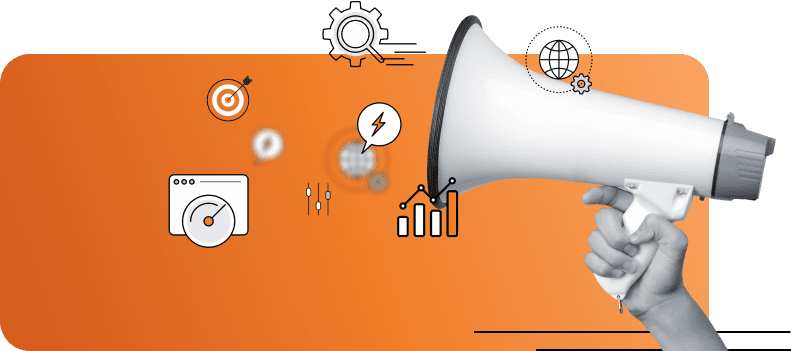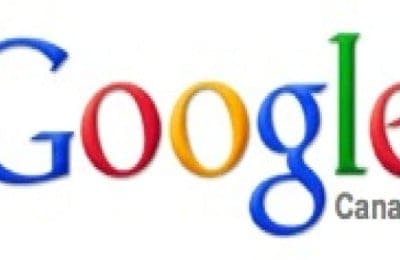As a leader in the business world, you understand how important it is to be able to use data to make informed decisions. But wading through rows of numbers and tables can be time consuming and confusing, not to mention overwhelming!
The good news is that data visualization offers countless opportunities for businesses to simplify complex information into visuals. With a powerful data visualization tool, you can learn how to take raw data points and transform them into visually engaging representations quickly and effectively.
Discover tips from experts on the best ways to turn complex information into visuals that are both eye-catching and meaningful for decision making.
What Is Data Visualization and Why Is It Important for Decision Making
Data visualization is the art of representing complex data in visually engaging and easy-to-understand ways. It is an indispensable tool for decision-makers who need to make sense of large and complex data sets. They can analyze data to identify:
- Problems
- Opportunities
- Areas for improvement
In today’s digital age, the data visualization tools available are vast and can range from simple graphs and charts to interactive dashboards, heat maps, and more. By using data visualization examples, businesses and organizations can get insights into:
- Customer behavior
- Market trends
- Business performance
Effective Visualization tools are also essential for digital marketing strategies, helping businesses understand how prospects and customers are engaging with their online content and informing decisions on digital advertising and content creation.
In short, data visualization is an invaluable tool for anyone looking to make informed decisions, and there’s no shortage of data visualization examples showcasing just how powerful it can be.
Common Data Visualization Methods and Tools
In today’s data-driven world, data visualization is crucial for businesses to stay ahead of the game. By presenting complex data in an easy-to-understand format, data visualization can help companies make informed business decisions.
There are numerous data visualization tools available in the market. It allows businesses to create interactive and engaging data visualizations that tell a story. Some common data visualization examples include:
- Line charts
- Bar graphs
- Pie charts
- Maps
With the right visualization tools, businesses can gain a competitive edge by uncovering hidden insights that could help them improve their bottom line.
How To Choose the Right Visual Representation for a Particular Piece of Data
In today’s data-driven world, choosing the right visual representation for a particular piece of data is crucial. The right data visualization can help unlock insights and provide a clear understanding of complex data.
With various data visualization tools, it can be challenging to choose the right one that suits your needs. However, before selecting any visualization tools, it is essential to understand the:
- Data
- Message you wish to convey
- Target audience
Exploring data visualization examples and experimenting with a different data visualization tool can help you make informed decisions that can have a significant impact on your organization.
So, if you want to unlock the potential of your data and make it accessible to everyone, choose the right visual representation that speaks volumes and keeps your audience engaged.
Best Practices for Creating Visuals That Make Complex Information Easy To Understand
In today’s data-driven world, it’s vital to create visuals that convey complex information to non-experts and decision-makers. With the right data visualization tool, you can transform hard data into powerful insights and decisions.
However, it’s crucial to know that not all data visualization tools are created equal. There are data visualization tools that are more effective than others. Some of the best practices for creating visuals that make complex information easy to understand include:
- Using data visualization examples
- Paying attention to aesthetics
- Incorporating SEO-friendly metadata
As a marketer or professional, you aim to create data-driven visuals that resonate with your target audience. With the right tools and techniques, you can create visuals that tell a compelling story and convey the insights and decisions that drive your business forward.
Tips on How To Use Visuals in Presentations and Communication
Visuals are an essential element when it comes to communication. Whether it’s during a presentation, a business meeting, or any other form of communication, using effective data visualization tools can help in conveying your message.
There are several tips that you can follow to use visuals in presentations and communication. One of the best ways to do this is by using data visualization examples to inspire your work. You can use charts, graphs, and other visual aids that will help make your message clear and concise.
Another tip is to use the right visualization tools. This will allow you to create a professional-looking presentation that will engage your audience. By following these tips, you can ensure that your message is communicated clearly and effectively.
Examples of Successful Data Visualizations Used in Businesses
When it comes to showcasing data, businesses need to do more than just present a wall of numbers and figures. That’s why they turn to a data visualization tool to turn their data into something visually engaging and memorable.
And it’s not just about creating something pretty; businesses are using data visualization tools to gain a competitive edge. By analyzing data, they can pinpoint areas where they can improve their SEO and customer experience.
From interactive dashboards to infographics and flowcharts, there are numerous examples of successful data visualization that have benefited businesses. These include:
- Amazon’s purchase funnel
- Google’s Ngram Viewer
- The New York Times’ interactive charts
With visualization tools becoming more accessible and user-friendly, companies can now easily leverage their data to drive strategic decisions.
A data visualization tool can be a powerful tool to quickly and effectively break down complex information into visuals that are both eye-catching and meaningful.
With the right methods, tools, and best practices, you can easily transform your data into understandable insights that drive informed decisions in your organization. It’s time to explore and leverage data visuals to make better, smarter decisions that guide your team toward success!
So what are you waiting for? Get ahead of the competition by harnessing the various advantages of data visualization today. Learn more about how it works and how you can use it to turn complex information into easy-to-understand visuals with a comprehensive guide on data visualizations.









